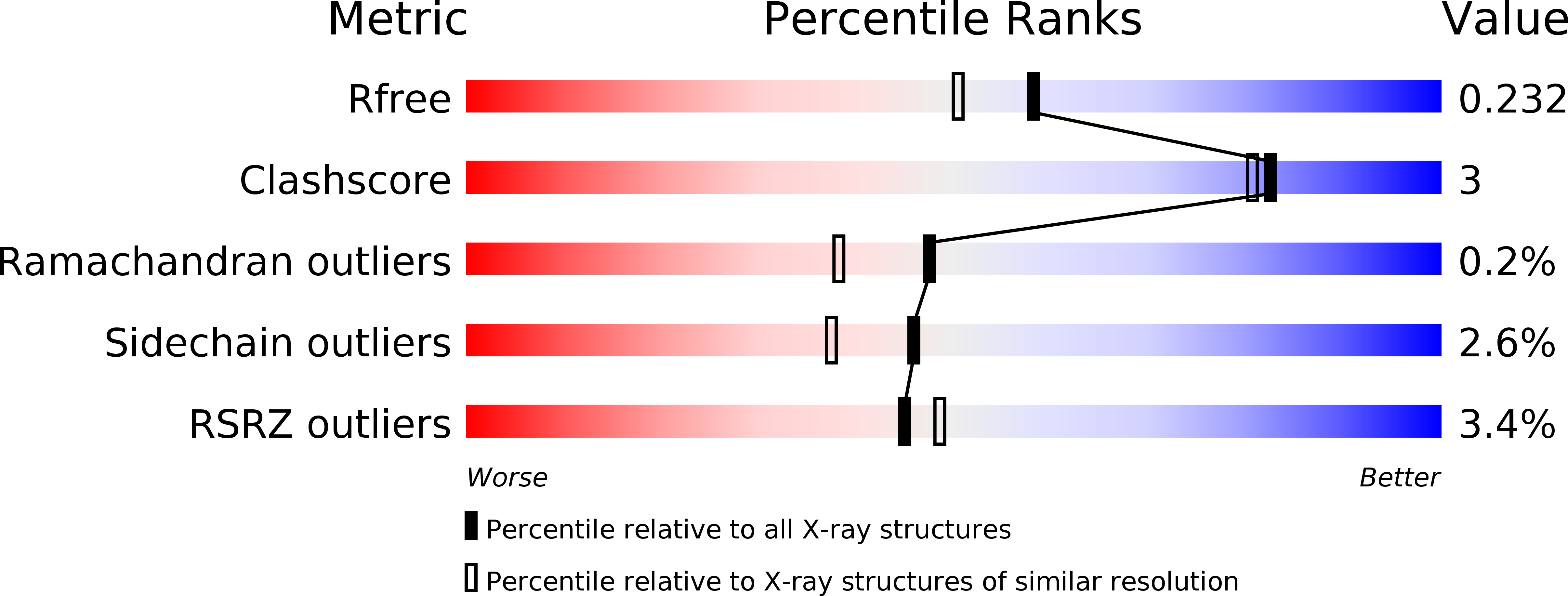
Deposition Date
2019-05-29
Release Date
2019-08-07
Last Version Date
2023-10-11
Entry Detail
PDB ID:
6P53
Keywords:
Title:
Crystal structure of the transpeptidase domain of PBP2 from Neisseria gonorrhoeae in apo form
Biological Source:
Source Organism:
Neisseria gonorrhoeae (Taxon ID: 485)
Host Organism:
Method Details:
Experimental Method:
Resolution:
1.92 Å
R-Value Free:
0.22
R-Value Work:
0.18
R-Value Observed:
0.18
Space Group:
P 1 21 1


